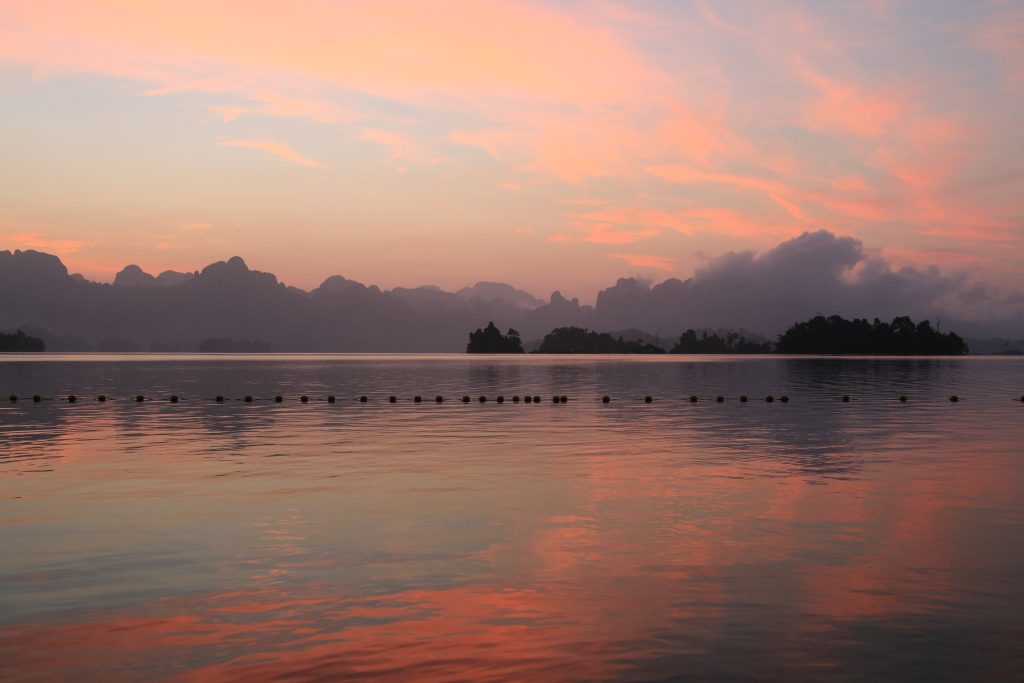
Ike took us on one more boat-birding expedition at sunset that first day before we headed for bed. Our hut had no solid window coverings, just flaps that you could prop up to let the breeze in, so it was essentially open to the bugs flying in and out at will. As to bugs on the floor, I think they kept it meticulously swept, but the safest plan was to simply not look. We slept on the floor with the equivalent of a yoga mat and a sheet and I spent the night imagining that armies of creep-crawlies were marching up my arms, around my neck, and straight for my face. Gah!
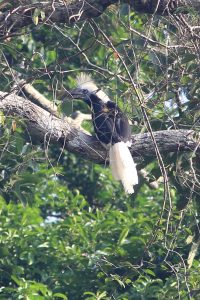
Sunrise the next morning was spectacular as we rose before dawn to be on the water at first light. As promised, Ike took us even further into the most remote areas of the park in hopes of seeing some of the rarer birds. Hornbills with improbable shapes soared over our heads, looking like pterodactyls.
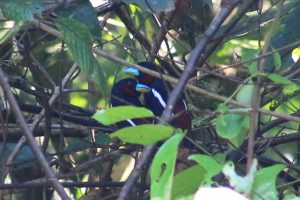
A pair of broadbills—crimson red with bright blue beaks—lurked just out of clear camera range. A turquoise and orange kingfisher dove off an overhanging branch.We saw monkeys and macaques clambering in the trees, as well as a slow loris sitting very quietly, no doubt hoping we hadn’t seen it. A large monitor lizard swam lazily past our boat.

For our second night on the lake, we docked at a camp that made the previous night’s accommodations look like The Ritz. This was well beyond where the tourist day-trippers ventured and there were only a few other guests, fishermen, most likely.
Before turning in, I went to brush my teeth at the one and only sink in the one and only bathroom. There was no water flowing from the faucet, which didn’t bother me as I was using bottled water anyway. So I brushed and rinsed and spat—and felt water splashing against my feet. I peered under the sink and realized that there was no pipe connected, the water simply drained directly onto the floor. Such a no-fuss solution to the problem of plumbing.
WARNING: The following paragraphs contain graphic material that may be disturbing. Reader discretion is advised.
So, sometime during the night, the one and only toilet in the one and only bathroom got plugged up. Which meant that morning found a gaggle of rather desperate guests wandering around in search of somewhere to conduct their morning ablutions. Being the sole woman in camp, I was probably more desperate than most.
Before continuing, I must harken back to an email exchange I had with Ike when organizing the tour.
Ike: Are you okay with a rustic camp?
Me: How rustic is rustic? I’m okay with anything except squat toilets.**
Ike: Ha, ha! No, I promise, absolutely no squat toilets.
Fast forward to the camp with the only flush toilet nonoperational. Someone kindly points me down the hill to a corrugated metal shack. I have a strong feeling that I know what I’ll find inside, and yes, indeed, there it is, the hole in the floor, and a big plastic cistern and scoop next to it (this is in lieu of toilet paper, of course).
We are all stronger (and more resourceful) than we know, and I’m happy to report that I did survive the ST challenge. Poor Ike was mortified when he realized what had happened and apologized profusely, but really, when you choose to go “into the wild,” you just have to accept that things might not go according to plan. Adaptability is all part of the adventure.
**Squat toilet: A hole in the floor over which one is expected to crouch while…well, you know. Not uncommon in parts of Asia.
Ike is Ike Suriwong, The Phuket Birder.




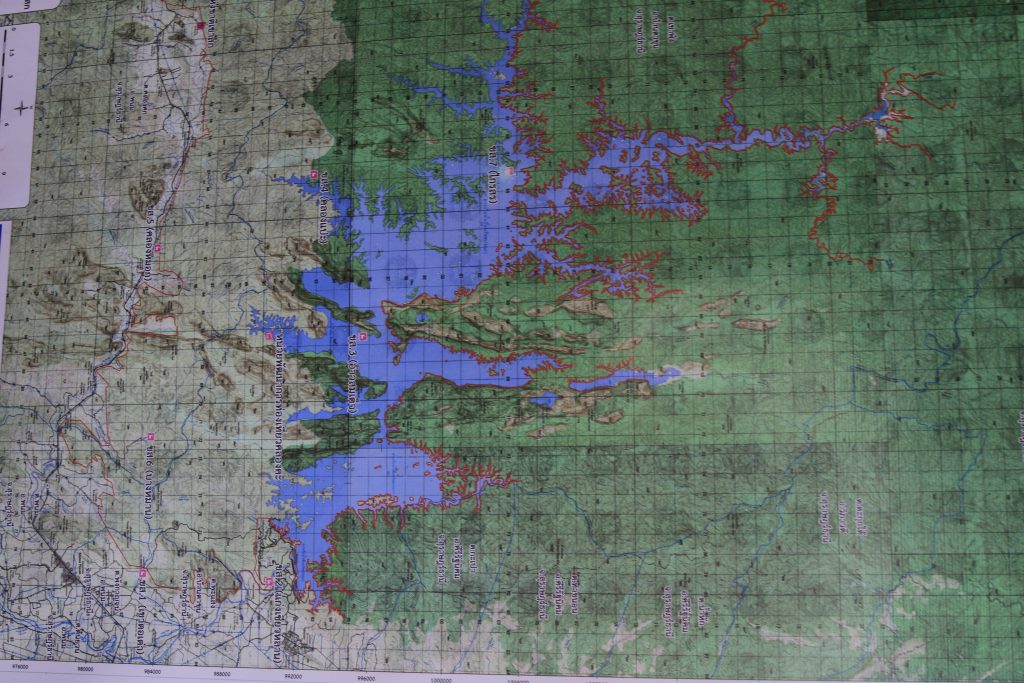


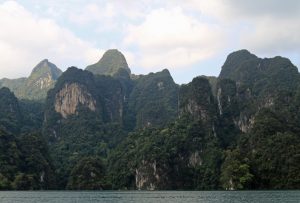


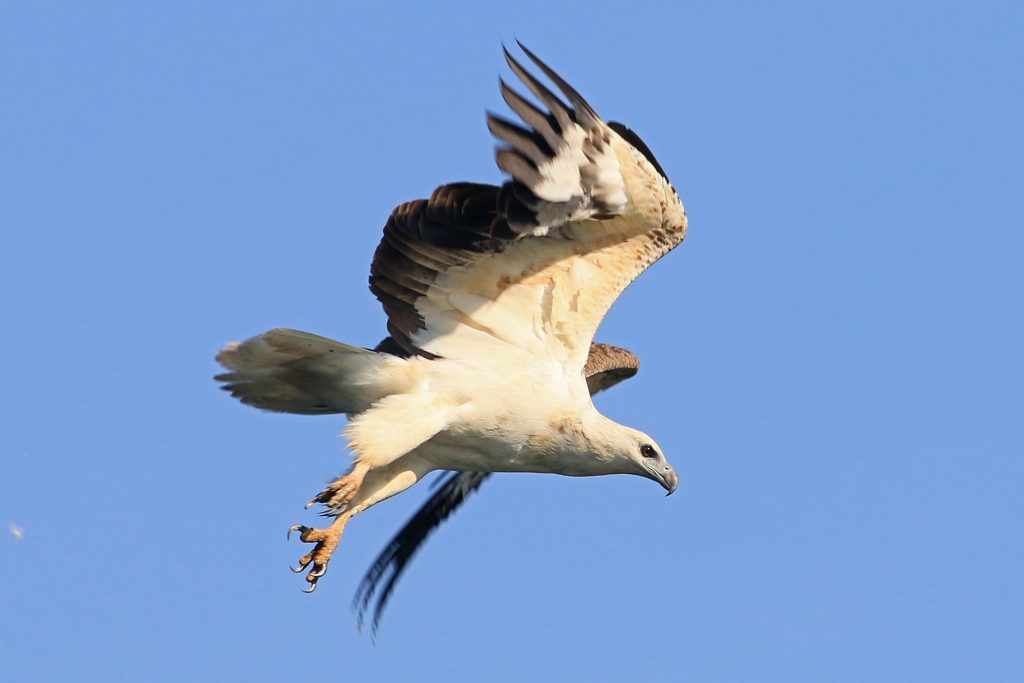
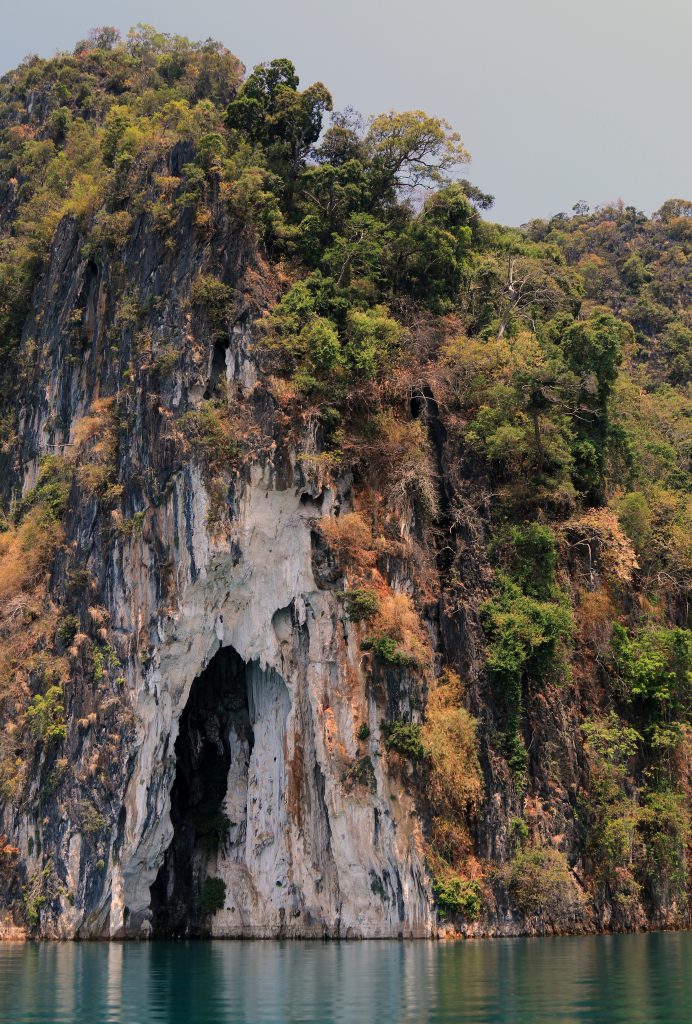
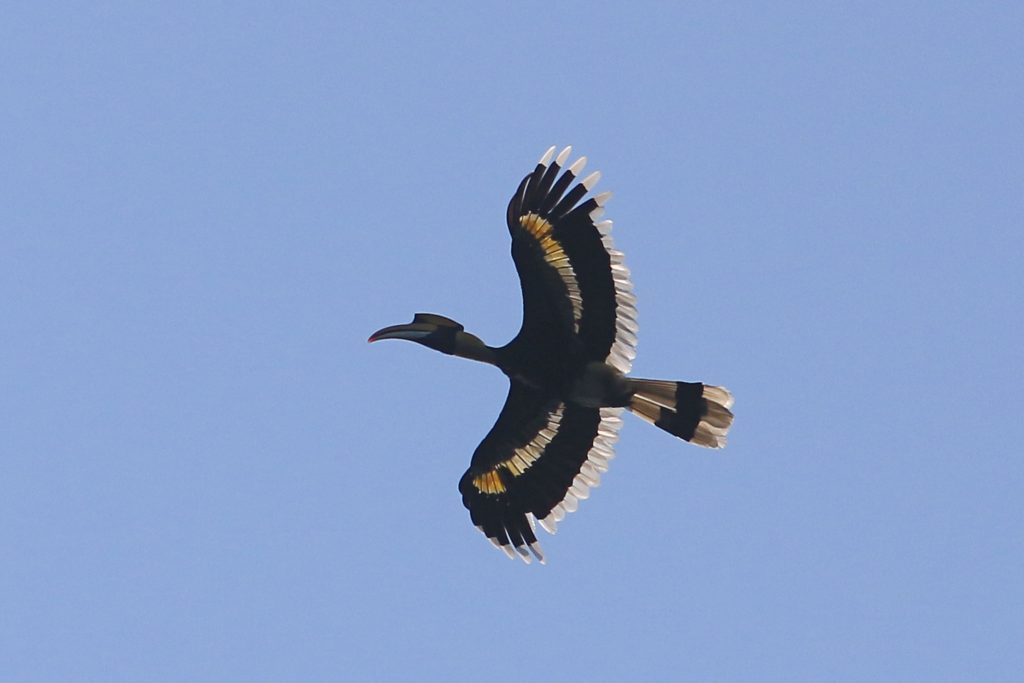


 Reading and traveling are two of my favorite things, so it’s a joy to combine the two. Aside from being a voracious reader of travel guides, I also love to read novels written by authors from places that I visit, or set in those countries. In Calidris Reads, I will briefly introduce you to these books and provide my personal rating from 1 to 5 knots (Terrible to Must-read).
Reading and traveling are two of my favorite things, so it’s a joy to combine the two. Aside from being a voracious reader of travel guides, I also love to read novels written by authors from places that I visit, or set in those countries. In Calidris Reads, I will briefly introduce you to these books and provide my personal rating from 1 to 5 knots (Terrible to Must-read).